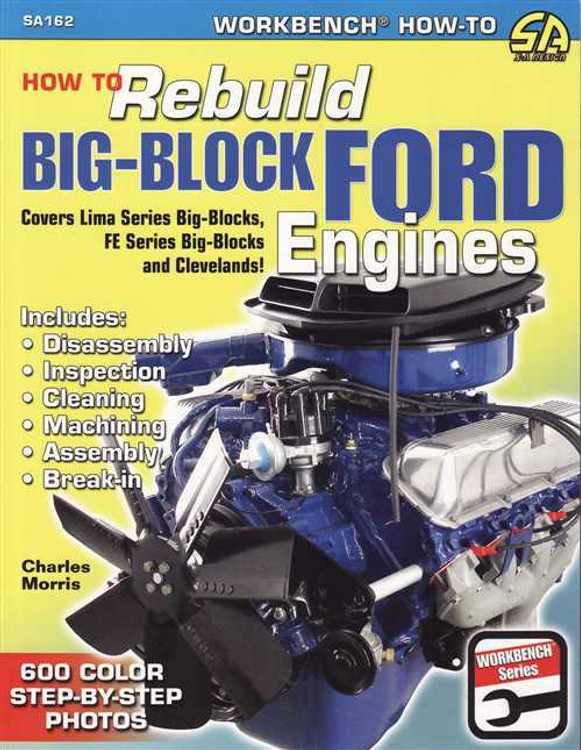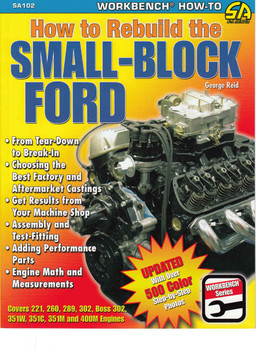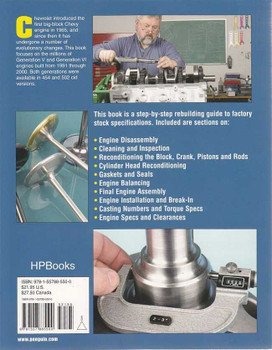Description
By: Charles R. Morris .
From factory drag racing, to the AC Cobra, to the legendary Mustang, the history of the Ford big-block is a long and storied one. Making its debut in the late 1950s, the Ford FE big-block engine sat between the fenders of factory lightweights, Cobra Jet Mustangs, 427 Cobras, Cougar Eliminators, Talledega Torinos, and Mach 1s. While the FE engines remained in production through the mid 1970s, mostly in light-truck applications, Ford had plans for a new engine on the horizon.
In the late 1960s, Ford transitioned the FE big-block out of production in passenger cars and performance applications in favor of an all-new design, called the 385 series, also known as Lima big-block. Originally used in luxury-car applications, the 429-cubic-inch version of this engine found its way into performance applications such as Mustangs and Torinos starting in 1971. The high-compression 4-barrel versions, called Cobra Jet or Super Cobra Jet, are some of the most powerful engines Ford has ever produced.
An engine similar in design to the Lima series engine, the legendary 351 Cleveland made its debut in 1970. While technically a small-block in many ways, its oval ports, canted heads, and physical size made people think of it more as a “mid”-block than a small-block.
The 351- and 400-cubic-inch versions (the latter known as “M” series engines) of the Cleveland engine were used in passenger car applications and in light trucks starting in 1975. The M stood for “modified,” as the deck height, bearing sizes, as well as pistons and connecting rods were modified for low-compression passenger car and light truck use, and they were used all the way through the early 1980s.
All three engines are covered in full detail in this Workbench series rebuild volume. It includes step-by-step heavily illustrated instructions that walk you through the entire process of rebuilding your Ford engine. If you want to breathe new life into your tired old Ford engine, this is the book for you.


























